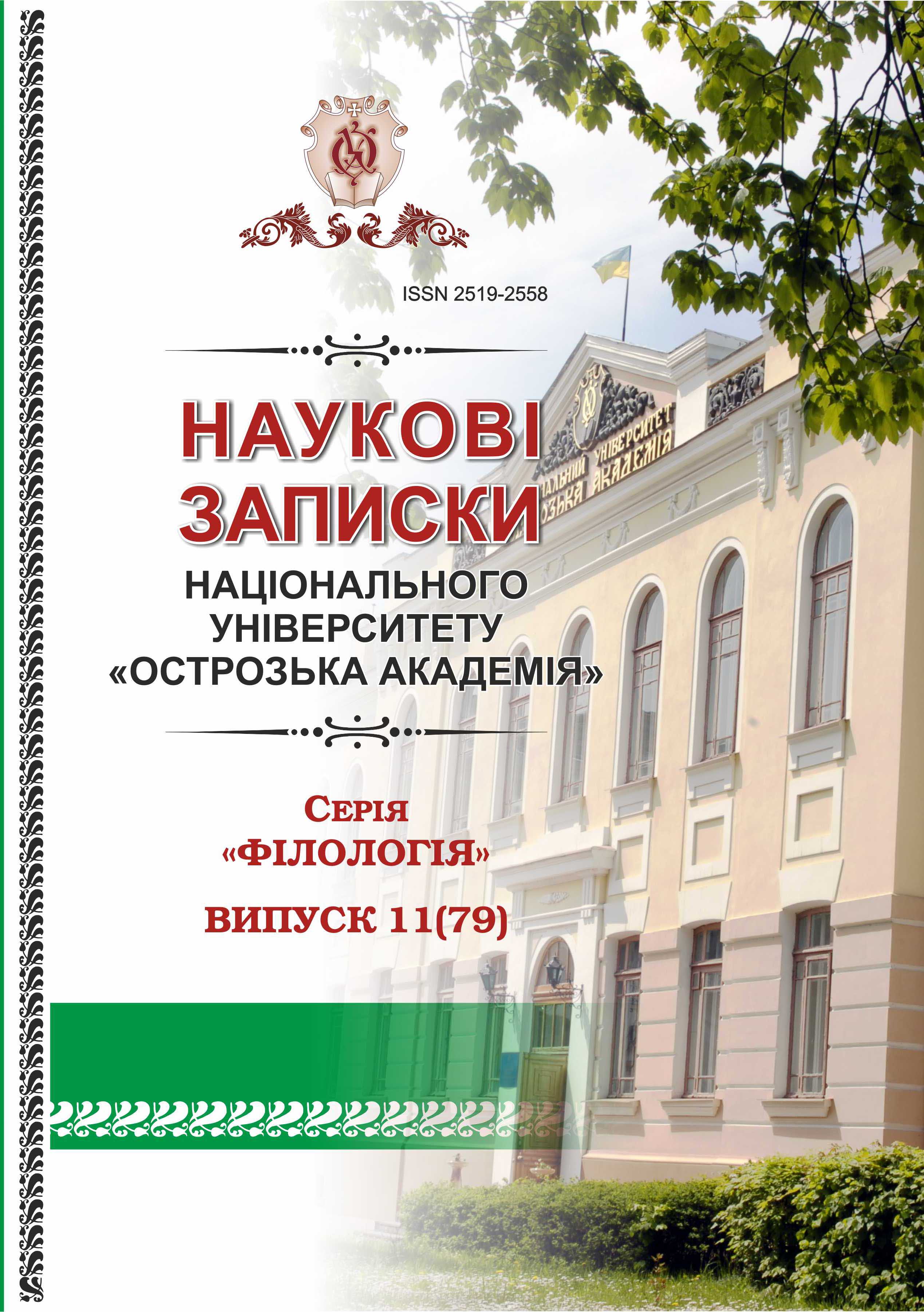METACOMMUNICATION DISCOURSE SPECIFICS OF TV/RADIO BROADCASTS
Keywords:
metacommunication, meta-means, discourse-specific meta-means, oral media discourse, TV/radio discourseAbstract
The article discovers discourse-specific characteristics of metacommunication, typical of TV/radio broadcasts. It identifies that TV/radio discourse belongs to oral media discourse that uses audio (and visual) channel of information transfer. The study marks the realization of six main types of metacommunication that have been introduced by the corresponding groups of meta-means, called phatic, regulative, referential, reflective, cohesive and modal, in TV/radio discourse in order to establish its metacommunication discourse-specific characteristics and to indicate "regular meta-means of oral media discourse". Based on the quantitative analysis, the article confirms that metacommunication specifics of TV/radio discourse is in its regulative character, and, consequently, almost all possible patterns of accentuating (denoting appeals, intentions, intensifications, degree, as well as attracting or affecting) and commentating (denoting confirmations, disagreements, distancing, explanations, generalizations, comparatives and conditions, confessions etc.) means are realized there. It also proves that the second most important in TV/radio discourse is a phatic metacommunication due to the host’s use of contact-establishing, contact-maintaining and contact-terminating meta-means. A special attention has been paid to the study of the same phatic means used in the beginning and at the end of the program. The research specifies that referential metacommunication is least typical of TV/radio discourse because the spontaneity of oral speech does not presuppose careful recollection of word-to-word citations, their authors etc.

